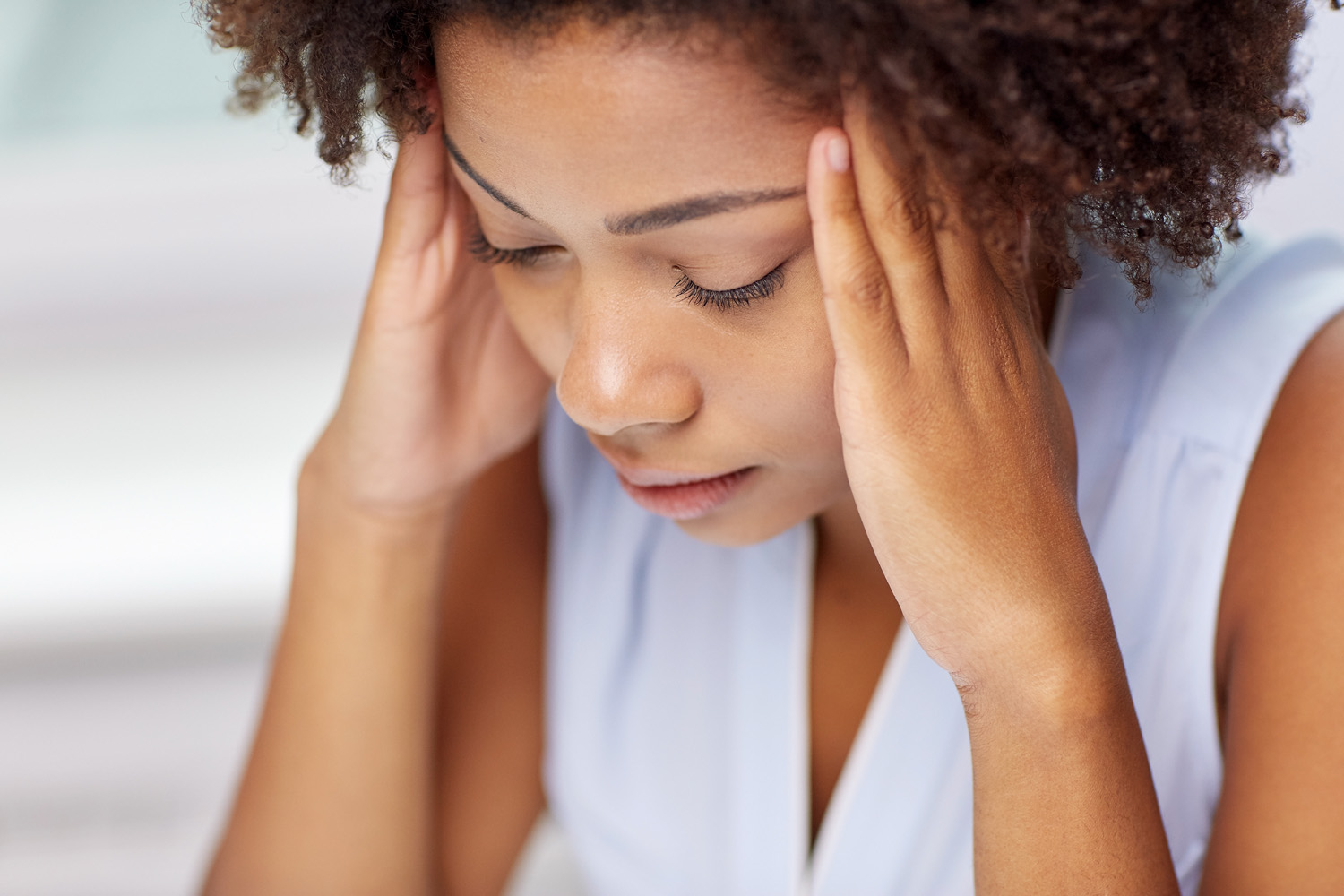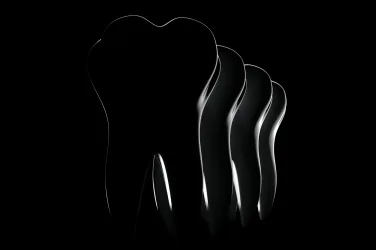By David Buice
One of the ongoing challenges facing medical science is the mystery of cluster headaches. How to diagnose them, what causes them, and what the best approaches are for treating them are among the many questions facing pain management specialists.
The term cluster headache comes from the fact that these attacks often come in groups or “clusters.” During a cluster cycle, brief, excruciatingly severe headache attacks occur repeatedly, one to eight times per day, and a single attack can last from 15 minutes up to three hours.
Episodic versus chronic cluster headaches
Cluster headaches commonly occur overnight, waking people from their sleep, and most of those who are afflicted suffer from what are referred to as episodic cluster headaches. With these, headaches occur for one week up to a year, followed by a pain-free remission period that can last as long as a year before another cluster headache occurs.
In contrast, chronic cluster periods may continue for more than a year without remission or remissions lasting less than a month.
Extreme pain and other symptoms
Cluster headache pain usually occurs around one eye and on one side of the head and is often said to be the most painful of headaches. It has been described as “burning,” “like a hot poker in the eye,” or as “a suicide headache.”
According to Dr. Deborah E. Tepper of Dartmouth College’s Geisel School of Medicine, “Cluster pain is described as being ten out of ten in severity, and typically there is an inability to lie still. People with migraines tend to lie down in a dark, quiet room, while in contrast those with cluster headaches will pace, rock in place, or sometimes even bang their head to distract themselves from the pain.”
Diagnosis and treatment
It is estimated that between 200,000 and 1 million people in the United States are living with cluster headaches. The exact cause is unknown, although some specialists suspect a genetic component, and unfortunately, to date there is no cure. Complicating matters, an accurate diagnosis can be difficult. Cluster sufferers are often misdiagnosed with a migraine disorder, and it may take years to get a proper cluster diagnosis.
In terms of treatment, Dartmouth’s Dr. Tepper notes that high-flow oxygen administered with a face mask is a safe option for terminating an attack. She adds that a full treatment plan includes a temporary bridge to provide initial relief with steroids, taken either orally or with injections, along with a daily preventive medication such as verapamil.
The bottom line is that cluster headache is an unusual and severe disorder, and it is essential that sufferers work with their physician to get an accurate diagnosis and develop an effective treatment plan.










